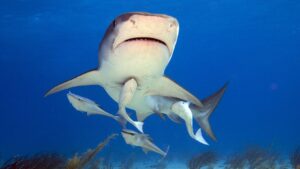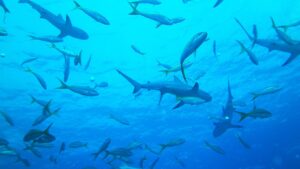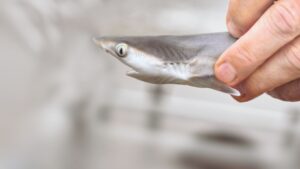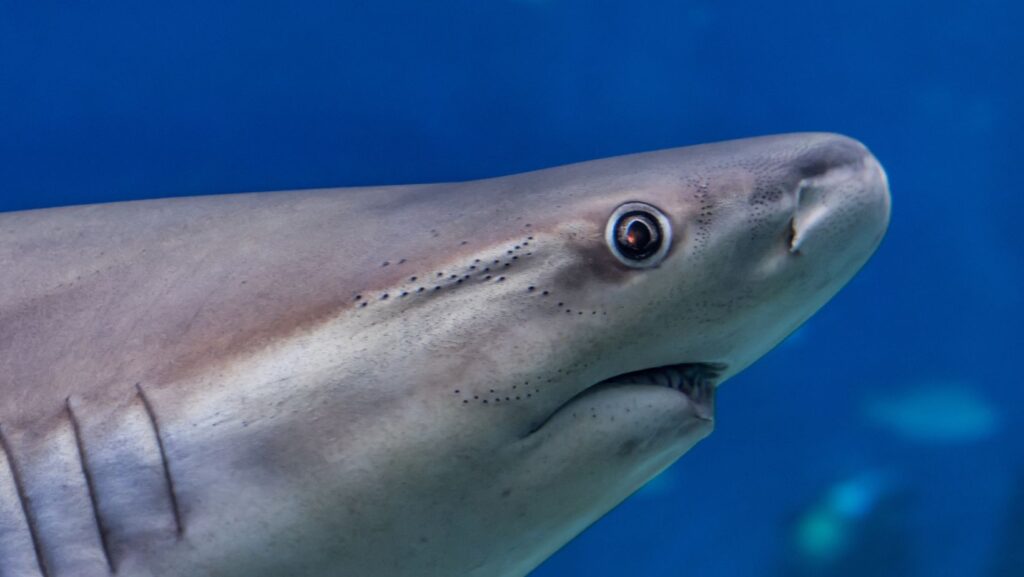When people think of sharks, images of powerful predators often come to mind. However, the world of baby sharks offers a fascinating glimpse into the early life of these ocean dwellers. These tiny creatures, often no larger than a human hand at birth, embark on a perilous journey from the moment they enter the water.
Understanding the life of baby sharks not only sheds light on their survival strategies but also highlights the importance of conservation efforts. As they grow and evolve, these young sharks play a vital role in maintaining the balance of marine ecosystems.
Baby:8whys2-ulz4= Sharks
 Baby sharks, or pups, display remarkable survival skills from the moment they’re born. Typically independent, these tiny predators must navigate a world filled with threats. With more than 500 shark species, variations in development occur. For example, some hatch from eggs while others are born live. Despite these differences, pups consistently demonstrate their innate hunting abilities. Their quick learning process is vital for avoiding threats and finding food. Baby sharks also contribute significantly to marine ecosystems by keeping prey populations in check. Recognizing their role helps inform conservation strategies. Studies show that understanding these early stages can aid in protecting their species and the environments they inhabit. Conservationists stress the importance of preserving their habitats to ensure the survival of both baby sharks and the larger oceanic community. Overall, baby sharks embody resilience in the marine world.
Baby sharks, or pups, display remarkable survival skills from the moment they’re born. Typically independent, these tiny predators must navigate a world filled with threats. With more than 500 shark species, variations in development occur. For example, some hatch from eggs while others are born live. Despite these differences, pups consistently demonstrate their innate hunting abilities. Their quick learning process is vital for avoiding threats and finding food. Baby sharks also contribute significantly to marine ecosystems by keeping prey populations in check. Recognizing their role helps inform conservation strategies. Studies show that understanding these early stages can aid in protecting their species and the environments they inhabit. Conservationists stress the importance of preserving their habitats to ensure the survival of both baby sharks and the larger oceanic community. Overall, baby sharks embody resilience in the marine world.
Types Of Baby:8whys2-ulz4= Sharks
Baby sharks, known for their diversity, belong to various species across oceans. Over 500 different kinds contribute to the marine ecosystem, each with unique characteristics.
-
 Great White Shark Pups: Great white shark pups exhibit intense survival instincts. At birth, they are capable hunters, utilizing their sharp sense of smell and speed to catch prey.
Great White Shark Pups: Great white shark pups exhibit intense survival instincts. At birth, they are capable hunters, utilizing their sharp sense of smell and speed to catch prey. -
Hammerhead Shark Pups: Hammerhead shark pups are easily identifiable due to their distinctive head shape. This adaptation aids in maneuvering and detecting prey hiding on the ocean floor.
-
Tiger Shark Pups: Tiger shark pups thrive in coastal environments. These young sharks have a varied diet and are known for their adaptability, often feeding on fish, birds, and even smaller sharks.
-
Bull Shark Pups: Bull shark pups are notable for their tolerance to various water conditions. They often inhabit freshwater rivers and lakes, displaying impressive versatility from a young age.
Each type of baby shark plays a crucial role in its habitat, contributing to the balance of marine life by regulating prey populations. Understanding these types enhances conservation efforts focused on protecting their diverse ecosystems.
Conservation Efforts For Baby:8whys2-ulz4= Sharks
 Conservation efforts for baby sharks focus on addressing threats posed by overfishing and habitat loss. Many organizations dedicate resources to protect these vulnerable creatures by implementing stricter fishing regulations and establishing marine protected areas. To enhance conservation outcomes, educational programs aim to raise awareness about the ecological importance of baby sharks.
Conservation efforts for baby sharks focus on addressing threats posed by overfishing and habitat loss. Many organizations dedicate resources to protect these vulnerable creatures by implementing stricter fishing regulations and establishing marine protected areas. To enhance conservation outcomes, educational programs aim to raise awareness about the ecological importance of baby sharks.
Research initiatives play a crucial role in conservation strategies by gathering data on shark populations and migration patterns. This information informs policies that help safeguard their habitats. International collaborations further aid these efforts, uniting countries in a commitment to protect juvenile sharks.
Innovative technologies provide new avenues for baby shark conservation. Satellite tagging tracks their movements in real time, offering insights into their behavior and habitat preferences. These technologies, combined with conservation efforts, ensure the survival of baby sharks and their ecosystems. By investing in sustainable practices and global cooperation, the long-term protection of baby sharks becomes achievable.
Popular Myths About Baby:8whys2-ulz4= Sharks
Baby sharks often fall victim to myths that can obscure their true nature and ecological importance. One common misconception is that they’re inherently dangerous, when in reality, most species pose little threat to humans. Another myth suggests that baby sharks are abandoned by their mothers, yet this independence is a natural survival strategy, not neglect. People also mistakenly believe that all shark pups are born in the same way, ignoring the fascinating diversity in their reproductive methods. By debunking these myths, individuals can gain a deeper appreciation for these remarkable creatures. Understanding the reality of baby sharks not only enriches knowledge but also encourages support for conservation efforts crucial for maintaining the balance of marine ecosystems.
